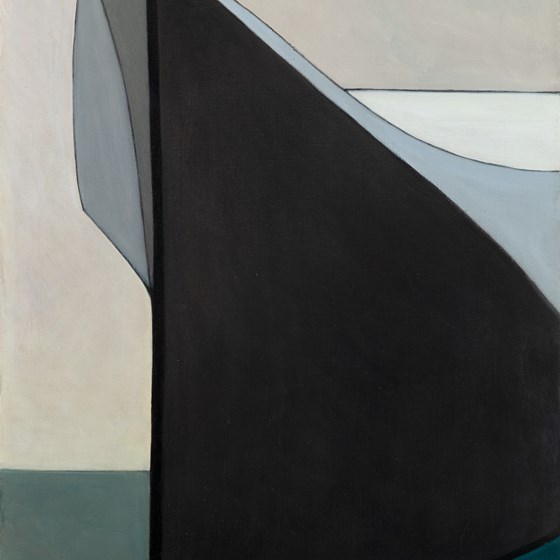
Avery Galleries
A13
American paintings and works on paper from the late 19th and early 20th centuries.

Bryn Mawr ,
Pennsylvania
19010
United States



14 E 60th Street
New York ,
New York
10022
United States
(929) 625-1008
 namoroso@averygalleries.com
namoroso@averygalleries.com
 https://averygalleries.com/
https://averygalleries.com/

